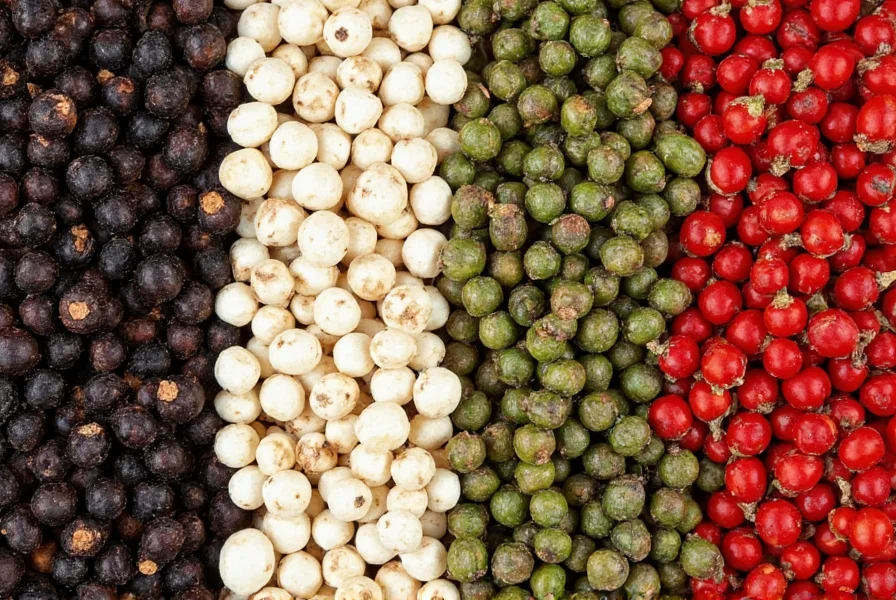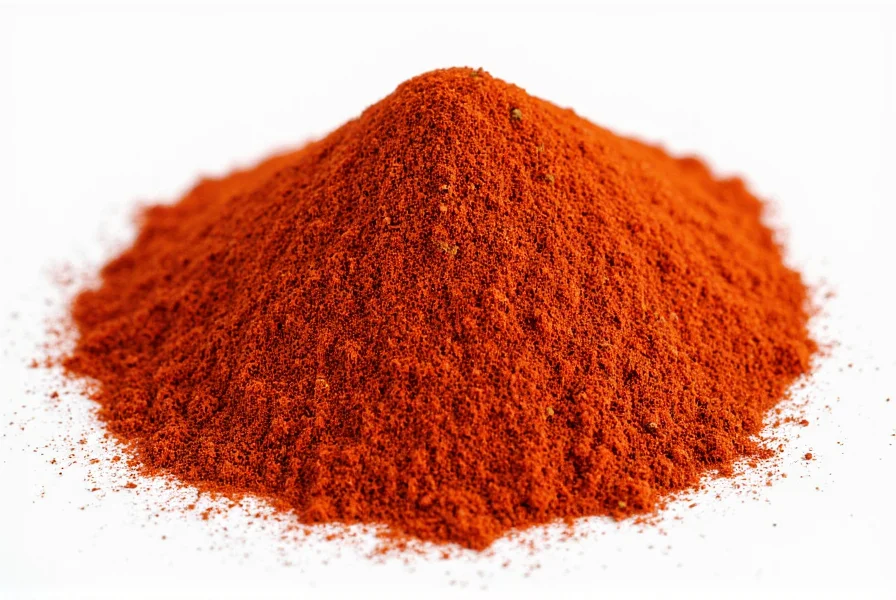Pepper stands as one of history's most significant flavoring agents, with black pepper reigning as the world's most traded spice for centuries. Understanding is black pepper considered a spice requires examining both botanical and culinary definitions that distinguish spices from herbs and other flavorings.
What Defines a Spice in Culinary Terms
The distinction between spices and herbs forms a fundamental culinary concept. Herbs typically come from the leafy parts of herbaceous (non-wooded) plants, while spices originate from other plant components including seeds, bark, roots, fruits, or flower buds. This classification explains why is pepper classified as a spice—peppercorns represent the dried fruit berries of the Piper nigrum vine.
Spices generally share these characteristics:
- Derived from non-leafy plant parts
- Often tropical in origin
- Used in smaller quantities than herbs
- Typically dried before use
- Provide intense flavor profiles
| Plant Component | Spice Example | Herb Example |
|---|---|---|
| Fruit | Black pepper, allspice | - |
| Seed | Cumin, coriander | - |
| Bark | Cinnamon | - |
| Root | Ginger, turmeric | - |
| Leaf | - | Basil, parsley, cilantro |
Pepper's Botanical Classification
Black pepper (Piper nigrum) belongs to the Piperaceae family, distinct from chili peppers which belong to the nightshade family (Solanaceae). This botanical difference explains the common confusion around pepper spice classification. While both deliver pungency, they represent entirely different plant species with unique chemical compounds responsible for their heat.
Peppercorns develop as small green berries that turn red when ripe. Processing methods determine the final product:
- Black pepper: Unripe berries dried in the sun, developing dark wrinkled appearance
- White pepper: Ripe berries with outer layer removed before drying
- Green pepper: Unripe berries preserved through freeze-drying or brining
- Red pepper: Fully ripe berries dried whole

Pepper vs. Chili Peppers: Resolving the Confusion
The question is pepper a herb or spice often becomes complicated by the term "pepper" applying to two completely different plant families. Christopher Columbus mistakenly named New World chili peppers "peppers" because their pungency reminded him of Asian black pepper, creating centuries of linguistic confusion.
Key differences between true pepper and chili peppers:
- Plant family: Piperaceae (pepper) vs. Solanaceae (chili peppers)
- Active compound: Piperine (pepper) vs. Capsaicin (chili peppers)
- Heat mechanism: Sharp, immediate burn (pepper) vs. Gradual, lingering burn (chili peppers)
- Culinary role: Background seasoning (pepper) vs. Primary flavor component (chili peppers)
Historical Significance of Pepper as a Spice
Pepper's status as a spice is cemented by its historical importance. Ancient Romans valued pepper enough to use it as currency, and medieval European traders would pay exorbitant prices for this history of pepper as a spice commodity. The spice trade routes established primarily for pepper significantly shaped global exploration and commerce.
Unlike many modern spices, pepper maintains its essential oil content and pungency remarkably well when stored properly. This preservation quality contributed to its historical value as a food preservative and medicinal agent, further establishing its credentials as a true spice.
Modern Culinary Applications of Pepper
Today, pepper remains the most universally used spice worldwide. Professional chefs emphasize types of pepper spices selection based on dish requirements:
- Black pepper provides complex heat with floral notes, ideal for most savory dishes
- White pepper offers cleaner heat preferred in light-colored sauces
- Green pepper delivers fresher, more herbal notes suitable for seafood
- Red pepper provides fruitier flavor best used in finishing dishes
Understanding proper usage enhances appreciation for pepper's role as a spice. Unlike chili peppers that often dominate a dish, pepper typically works in the background, enhancing other flavors without overwhelming them—a characteristic feature of well-utilized spices.
Frequently Asked Questions
Is black pepper technically a spice?
Yes, black pepper is technically classified as a spice. It meets the culinary definition of a spice as it's derived from the dried fruit berries (peppercorns) of the Piper nigrum plant, rather than from leafy parts of a plant which would classify it as an herb.
Why is pepper considered a spice while salt is not?
Pepper qualifies as a spice because it's derived from a plant (Piper nigrum), while salt is a mineral compound (sodium chloride) with no botanical origin. Culinary tradition classifies salt separately as a seasoning rather than a spice, despite both being used for flavor enhancement.
Are all types of pepper considered spices?
All varieties derived from Piper nigrum (black, white, green, and red pepper) are considered spices. However, chili peppers belong to a different plant family (Capsicum) and while technically spices, they're often categorized separately due to their distinct heat compounds and culinary applications.
What makes pepper different from other spices?
Pepper's uniqueness comes from its piperine content, which creates a sharp, immediate heat sensation different from the capsaicin in chili peppers. Unlike many spices that primarily add aroma, pepper contributes both flavor and subtle heat while enhancing other ingredients' flavors without dominating them.











 浙公网安备
33010002000092号
浙公网安备
33010002000092号 浙B2-20120091-4
浙B2-20120091-4